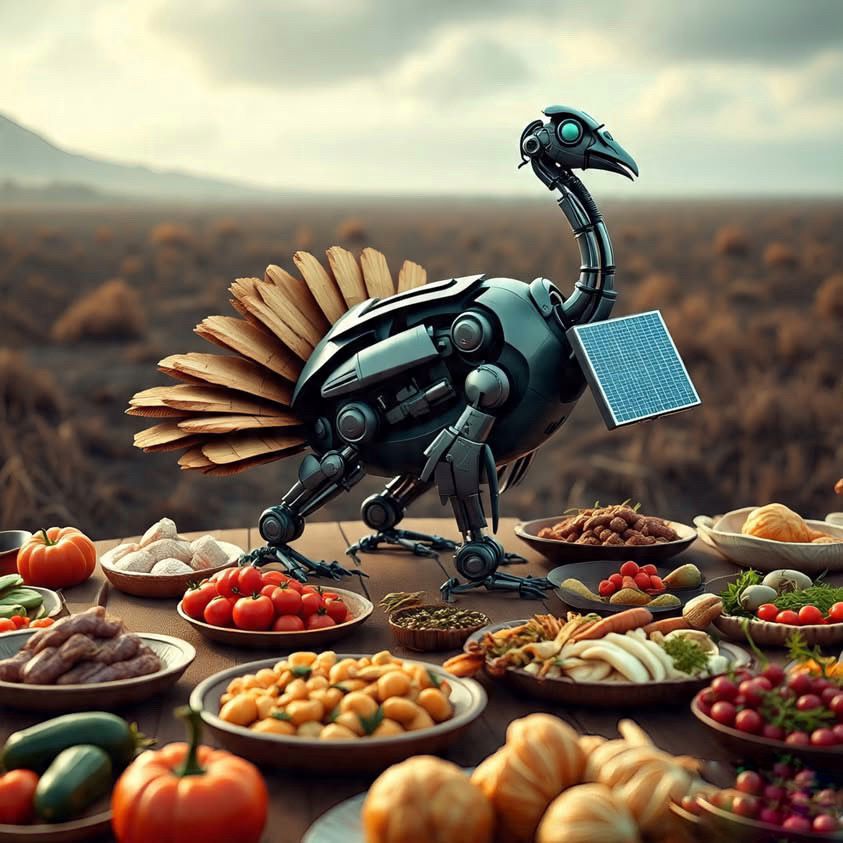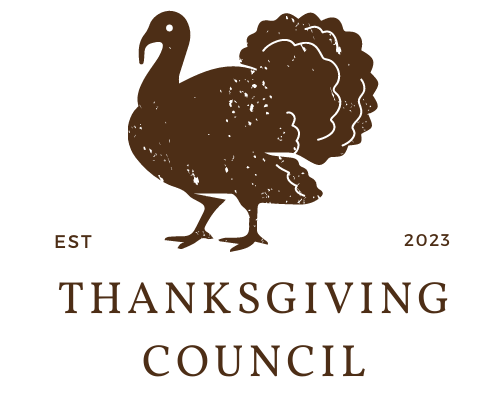Last year, I found myself sitting around the dinner table in November wearing a t-shirt. In Michigan. My grandmother kept shaking her head, muttering about how when she was young, they would have had snow by Thanksgiving . It got me thinking about how dramatically our holiday celebrations are shifting right under our noses. From warmer November weather to disrupted harvests affecting turkey and cranberries
The climate change impact on Thanksgiving celebrations has become impossible to ignore. From struggling cranberry harvests to outdoor gatherings that feel more like summer barbecues than autumn feasts, our most cherished food holiday is adapting to a warming world in ways both subtle and profound.
Growing up, Thanksgiving weather patterns felt predictable. You could count on crisp air, maybe some early snow, and definitely the need for a warm coat when helping carry dishes from car to house. Those reliable seasonal markers that made November feel distinctly autumnal are becoming increasingly rare. Weather data shows that average November temperatures have risen significantly across most of the United States over the past three decades, fundamentally altering what Thanksgiving feels like.
My cousin in California tells me their family has started having outdoor Thanksgiving dinners because the weather is consistently warm enough. Can you imagine? Turkey and stuffing on the patio because indoor dining feels too stuffy when it is 75 degrees outside. Meanwhile, my friends in New England describe Thanksgiving storms that are increasingly unpredictable sometimes bringing unseasonable warmth, other times delivering ice storms that make travel treacherous.

The agricultural impact tells an even more compelling story. Turkey farmers across the Midwest report challenges with heat stress affecting their flocks during what should be cooler preparation months. One farmer I spoke with mentioned having to install additional cooling systems in November something his father never needed to consider. The traditional timing of turkey processing has shifted as farmers adapt to longer warm spells that extend well into what used to be reliably cool autumn weeks.
Cranberry production faces particularly acute challenges from changing Thanksgiving weather conditions. These tart berries require specific temperature patterns for optimal harvest timing, and warming trends have disrupted centuries-old growing cycles. Some cranberry operations have had to invest in new irrigation systems to manage unexpected heat waves during harvest season. The irony strikes me as particularly bitter the fruit that defines our Thanksgiving table struggling because the season itself is transforming.
Pumpkin and sweet potato crops tell similar stories of adaptation and stress. Extended growing seasons might sound beneficial, but many of these crops depend on temperature fluctuations to develop proper flavor and texture. When November stays warm, harvest timing becomes a guessing game. I remember visiting a pumpkin patch last fall where the owner explained how climate change effects on holiday traditions forced him to completely reimagine his growing schedule.
Travel patterns around Thanksgiving have also shifted dramatically. Severe weather events during holiday travel periods have become more frequent and intense. Last year, my flight was delayed for hours due to an unprecedented November tornado outbreak in the South. The ripple effects meant thousands of families experienced disrupted holiday gatherings, creating new traditions around flexibility and last-minute plan changes.
Food preparation itself has adapted to these changing conditions. Many families now plan Thanksgiving menus around weather forecasts in ways previous generations never considered. Hot dishes for unexpectedly cold snaps, lighter fare when temperatures soar, backup plans for power outages from increasingly severe storms. My mother now keeps a weather app specifically for menu planning – something that would have seemed ridiculous twenty years ago.

The economic implications ripple through every aspect of holiday preparation. Volatile weather affects food prices, with dramatic swings in produce costs based on growing condition disruptions. Transportation costs fluctuate with severe weather events. Even the timing of Black Friday shopping has shifted as retailers adapt to unpredictable weather patterns that affect foot traffic.
Perhaps most significantly, these changes are creating new family conversations and traditions. Children ask why Thanksgiving feels different than in old family photos. Grandparents share stories of “real” November weather while parents explain concepts like global warming over mashed potatoes. Climate change is literally reshaping our holiday narratives.
Some families have embraced these shifts, incorporating environmental awareness into their Thanksgiving traditions. Friends of mine now highlight local, seasonal ingredients specifically chosen to minimize climate impact. Others use the gathering as an opportunity to discuss family preparedness for weather-related challenges. The holiday is becoming a focal point for conversations about adaptation and resilience.
As I prepare for this year’s celebration, I find myself wondering what Thanksgiving will look like for my nieces when they are adults. Will outdoor November dinners become the norm? Will traditional recipes evolve to accommodate different growing seasons? Will the pilgrims’ harvest celebration maintain relevance in a fundamentally altered climate?
The climate change impact on Thanksgiving celebrations reflects broader transformations happening across all aspects of American life. Our most food-centered holiday is teaching us about adaptation, resilience, and the deep connections between environment and tradition. Perhaps that lesson, uncomfortable as it might be, deserves its own place at the table alongside gratitude and family connection.
This November, as we gather around tables wherever the weather allows, we are not just sharing a meal – we are witnessing and adapting to one of the most significant environmental shifts in human history, one bite at a time.
Reference
Fanzo, J. (2021). Climate change impacts on agricultural commodities. Johns Hopkins University. Referenced in How climate change will affect Thanksgiving food. The Washington Post.
Karahasan, B. C., & Pinar, M. (2023). Climate change and spatial agricultural development in Turkey. Review of Development Economics. https://doi.org/10.1111/rode.12986
Fischer, G., Shah, M., Tubiello, F. N., & Van Velhuizen, H. (2005). Socio-economic and climate change impacts on agriculture: An integrated assessment, 1990–2080. Philosophical Transactions of the Royal Society B: Biological Sciences, 360(1463), 2067–2083. https://doi.org/10.1098/rstb.2005.1744

